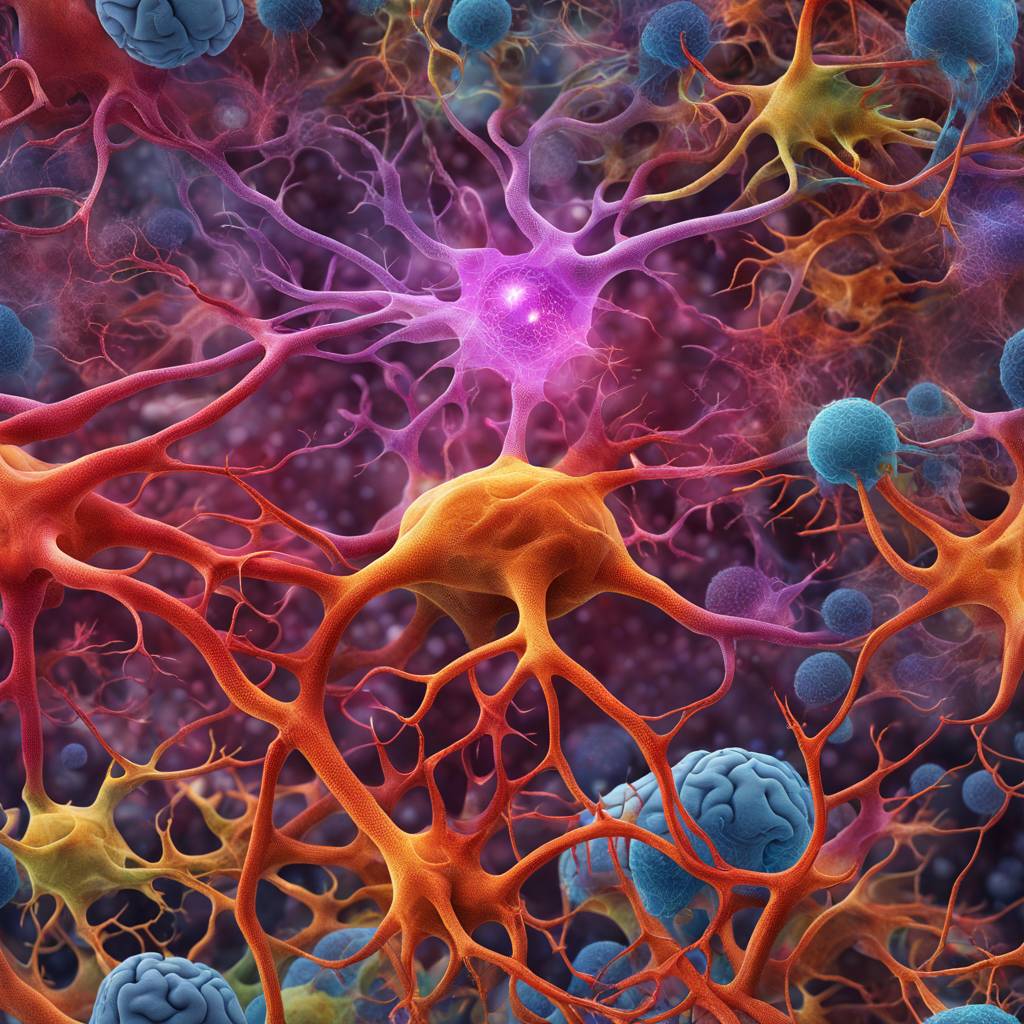Alzheimer’s disease is the most common form of dementia, affecting millions globally. Despite years of research, the precise causes of the condition remain elusive, with proteins in neurons being a primary focus. However, a recent study has shifted attention toward the role of lipid droplets in specific brain cells. The study, published in the journal Nature, linked Alzheimer’s risk genes and lipid droplets in microglia, immune cells in the brain, finding that the APOE gene, particularly the APOE4 form, plays a significant role in lipid processing in Alzheimer’s patients.
Researchers analyzed brain tissue from individuals who died with Alzheimer’s and those who did not have the condition. They found that the gene ACSL1, a regulator of lipid droplet formation, was strongly upregulated in microglia. The study also revealed that lipid-containing cells were clustered around protein plaques in the brain, suggesting a possible connection between plaques and lipid accumulation. When microglia were treated with amyloid fibrils, a component of Alzheimer’s-associated protein plaques, there was a notable increase in lipid droplet accumulation, particularly with the presence of APOE4.
The study’s results propose a new hypothesis for Alzheimer’s pathogenesis, suggesting that protein buildup in the brain triggers a pro-inflammatory state in microglia, leading to increased lipid synthesis, accumulation, and potential cell damage. Scientists believe that lipid accumulation in microglia mirrors a response similar to immune reactions to bacteria outside the brain. While the study highlights the importance of lipid metabolism in Alzheimer’s pathology, researchers acknowledge that designing drugs to target lipids or Alzheimer’s risk genes related to lipid transport can be challenging, as these components play essential roles outside the brain.
While analyzing postmortem tissue is crucial for understanding Alzheimer’s, research suggests that the molecular changes driving the disease begin years or even decades before symptoms appear. Reactive oxygen species initially build up due to mitochondrial issues, triggering the production and transport of toxic, peroxidated lipids, leading to lipid droplet formation in glial cells. The Alzheimer’s risk allele APOE4 has been implicated as a loss-of-function allele in this lipid transport process, ultimately resulting in the demise of neurons. This new perspective on lipid accumulation in Alzheimer’s could pave the way for novel treatment approaches in the future.
Further research is needed to decipher the complex nature of lipid metabolism in Alzheimer’s and how it may be altered in the disease. As researchers continue to explore personalized treatment options based on genetics, dietary habits, and lifestyle factors, the challenge lies in targeting the right factors without disrupting essential processes outside the brain. Finding a way to specifically address lipid buildup in microglia, without affecting other lipid-related processes, could lead to more effective treatment strategies. Researchers are optimistic that a better understanding of how lipid accumulation occurs in microglia and its impact on nearby neurons may offer insights into potential therapeutic targets for Alzheimer’s in the future.













